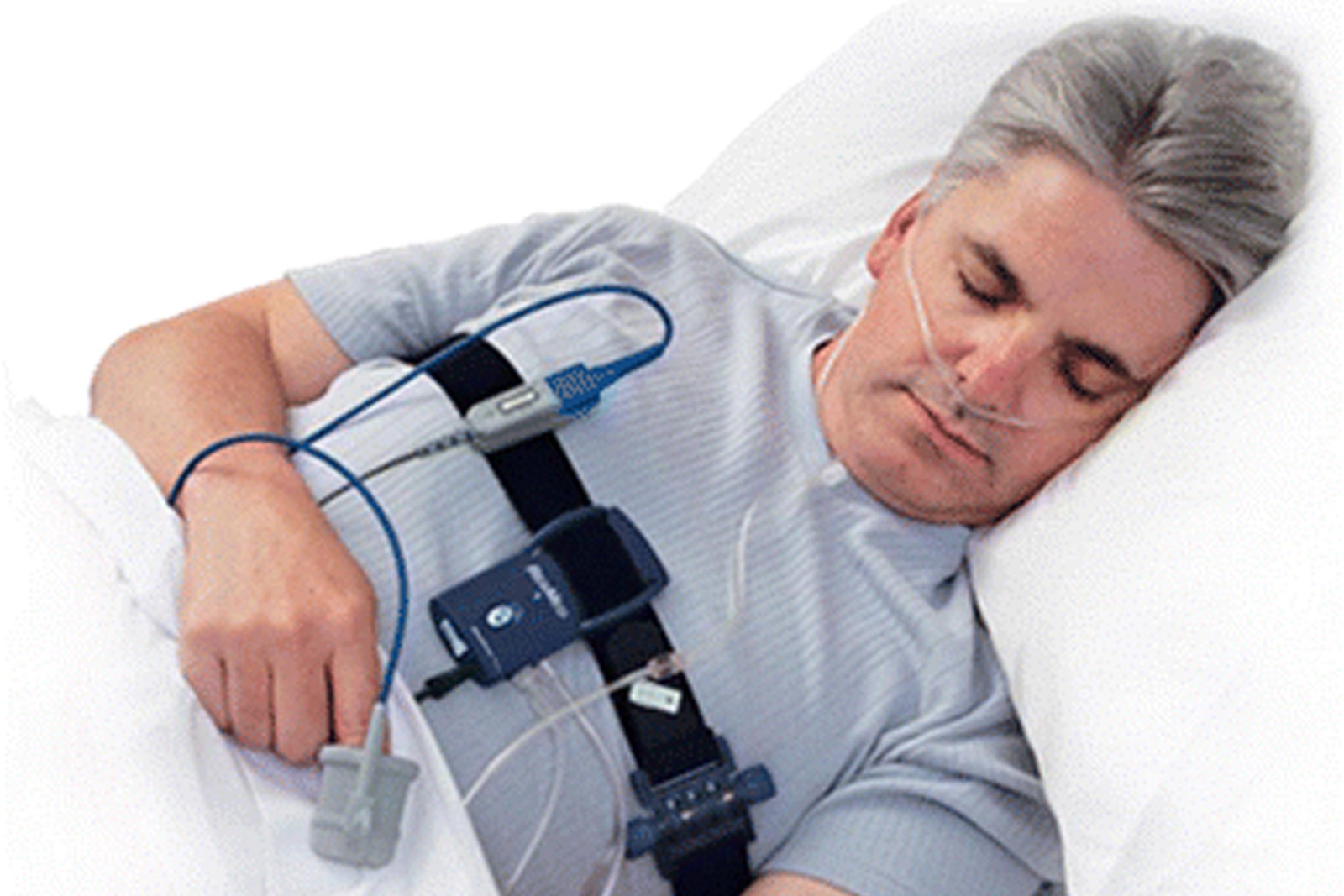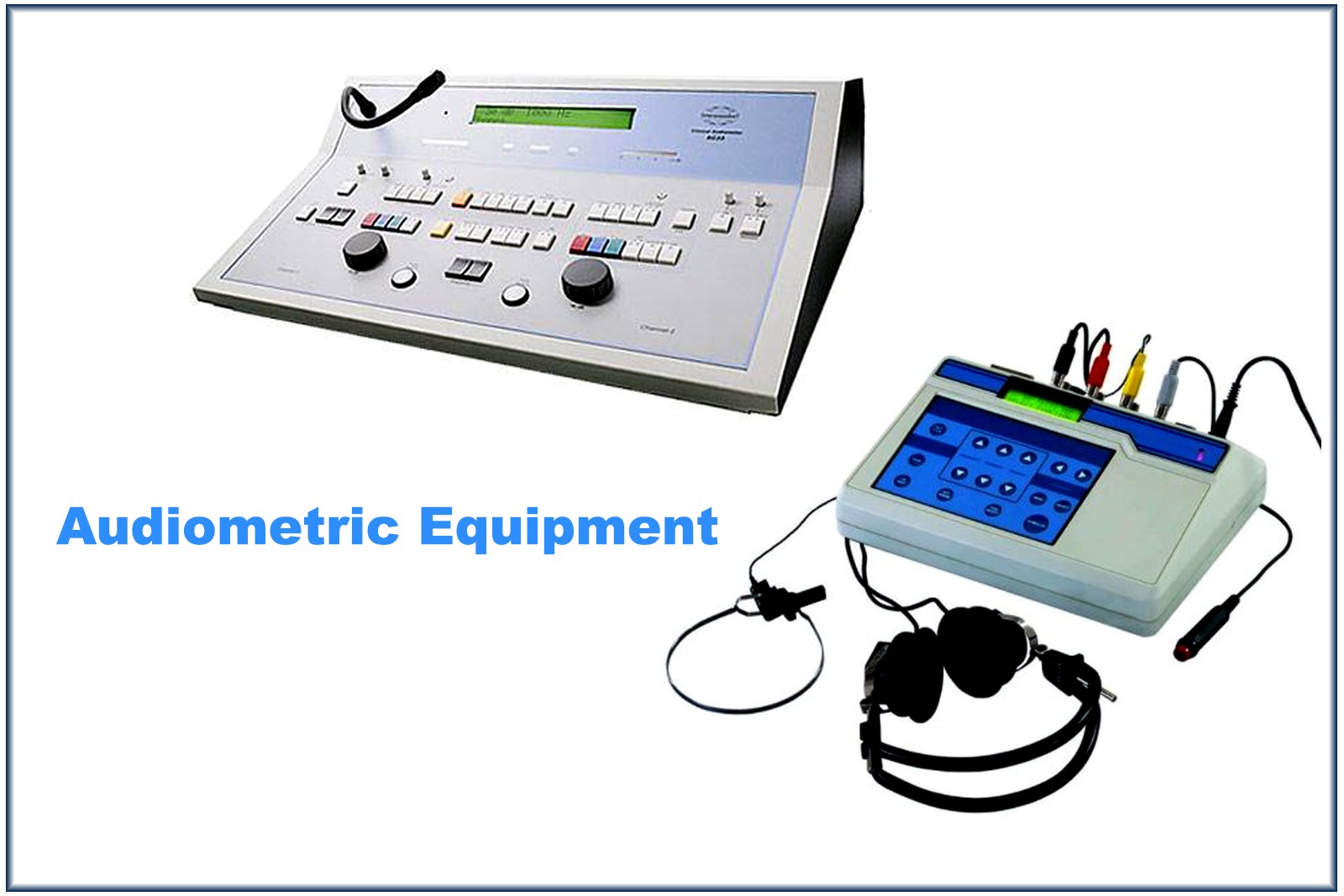
Home Sleep Test impedance-hearing-test, hearing-aid, digital-hearing-aid, widex-hearing-aid, widex-bd, Widex-Hearing-Center, Home Sleep Test,
A Home Sleep Study Test (HST) is a sleep study that involves an overnight recording of a few important body functions and measurements in the comfort of your own home, in order to look for sleep apnea.
Home Sleep Test is a screening test for Obstructive Sleep Apnea (OSA), one of the most common sleep disorders. OSA can cause excessive daytime sleepiness (EDS) and snoring and is associated with obesity, heart disease, high blood pressure, stroke, and diabetes.
Diagnose Sleep Disorders: Primarily used to diagnose obstructive sleep apnea, but can also help in identifying other sleep-related issues.
Evaluate Sleep Patterns: Provides insights into breathing patterns, oxygen levels, and sleep disruptions during sleep.
Monitor Treatment: Helps in assessing the effectiveness of ongoing treatments for sleep disorders.
How the Home Sleep Test is Performed
Preparation: A healthcare provider will prescribe the test and provide the necessary equipment. The patient receives a portable monitor to use at home.
Equipment Setup:
Sensors: The device includes sensors to monitor breathing, airflow, blood oxygen levels, and heart rate.
Instructions: The patient receives instructions on how to place and use the sensors, usually involving a small device worn on the wrist and sensors placed on the finger, chest, and possibly the nose or mouth.
Monitoring: The patient wears the equipment while sleeping over one or more nights.
Data Collection: The device records data on sleep patterns, breathing disturbances, and oxygen levels.
Data Analysis: The collected data is reviewed by a sleep specialist who interprets the results to diagnose any sleep disorders.
Results and Interpretation
Diagnosis: Based on the data, the specialist can diagnose conditions like obstructive sleep apnea or other sleep disorders.
Treatment Planning: Results help in formulating an appropriate treatment plan, which might include lifestyle changes, continuous positive airway pressure (CPAP) therapy, or further evaluation in a sleep clinic.
Product Photo
.jpg)
